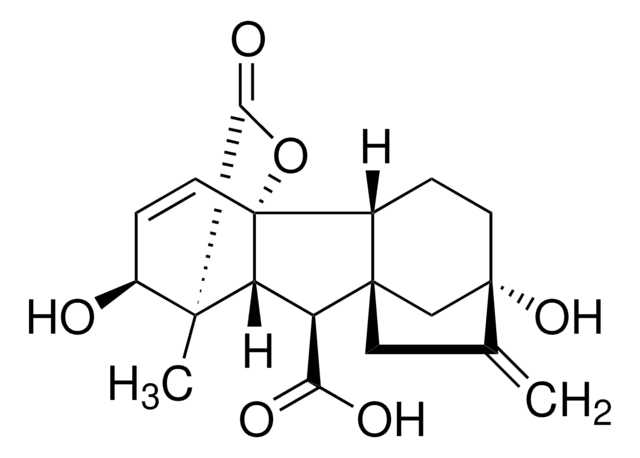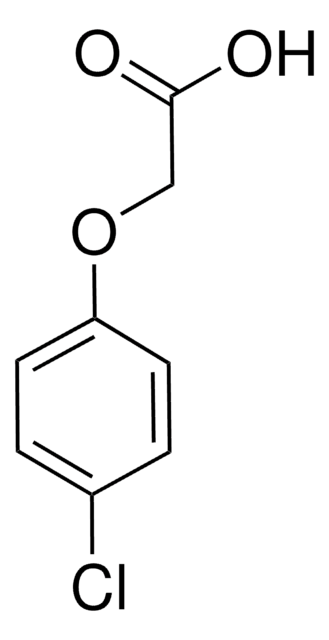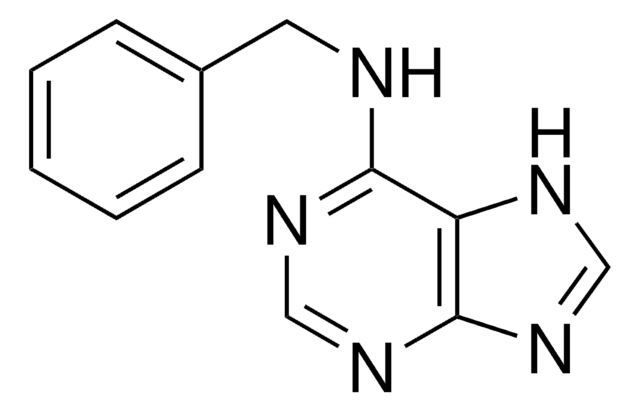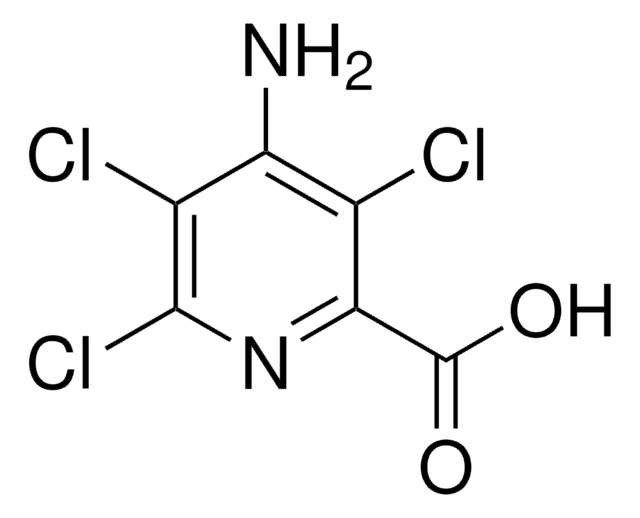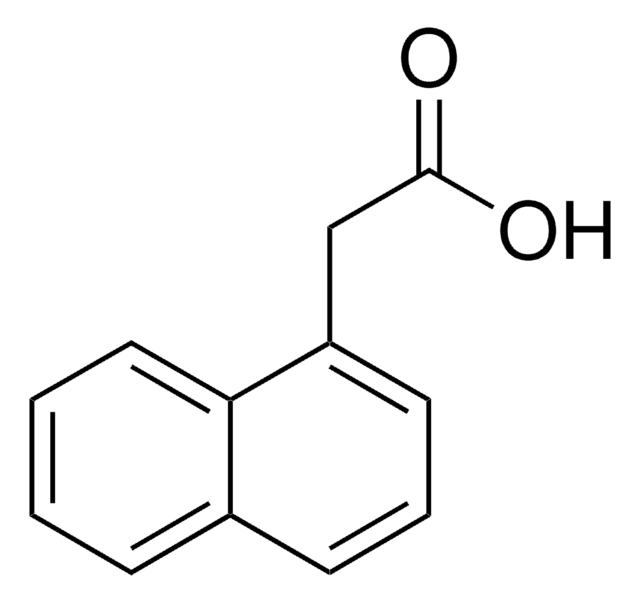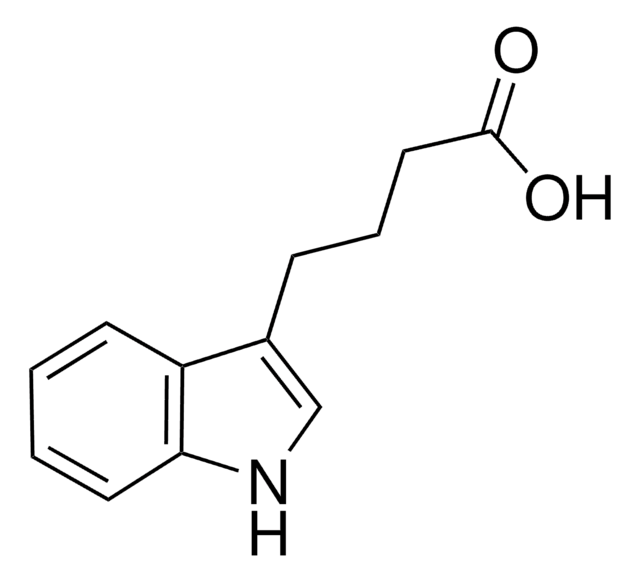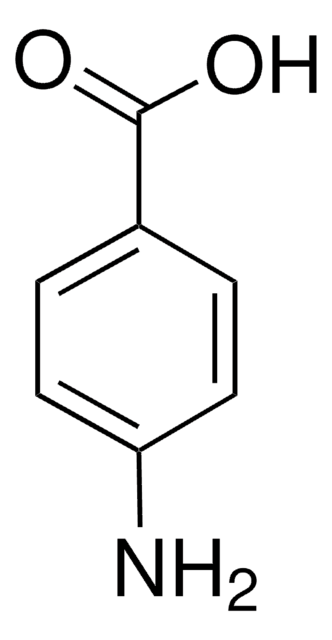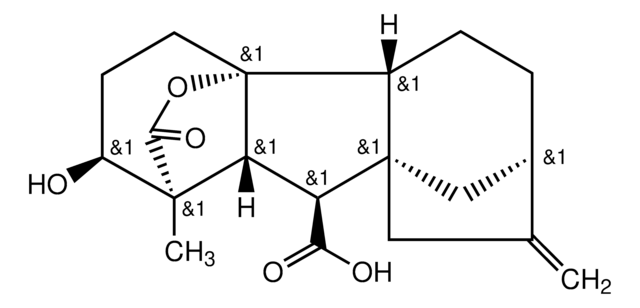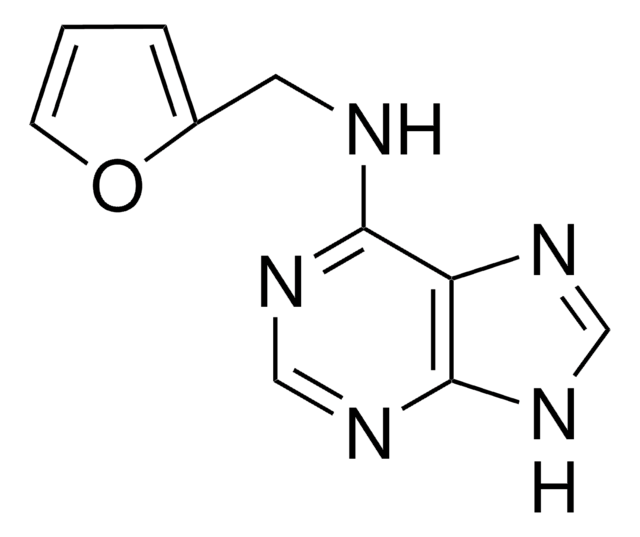C0413
4-Chlorophenoxyacetic acid
BioReagent, suitable for plant cell culture, crystalline
Synonym(s):
4-CPA
Sign Into View Organizational & Contract Pricing
All Photos(1)
About This Item
Empirical Formula (Hill Notation):
C8H7ClO3
CAS Number:
Molecular Weight:
186.59
Beilstein:
1211804
EC Number:
MDL number:
UNSPSC Code:
10171502
PubChem Substance ID:
NACRES:
NA.72
Recommended Products
product line
BioReagent
Quality Level
form
crystalline
technique(s)
cell culture | plant: suitable
application(s)
agriculture
SMILES string
OC(=O)COc1ccc(Cl)cc1
InChI
1S/C8H7ClO3/c9-6-1-3-7(4-2-6)12-5-8(10)11/h1-4H,5H2,(H,10,11)
InChI key
SODPIMGUZLOIPE-UHFFFAOYSA-N
Looking for similar products? Visit Product Comparison Guide
Application
4-Chlorophenoxyacetic acid has been used in para-chlorophenoxyacetic acid (p-CPA) residue assay.
4-chlorophenoxy acetic acid (4-CPA), a chlorine derivative of phenoxyacetic acid (PA), is a plant growth regulator used as a herbicide.
Biochem/physiol Actions
4-Chlorophenoxyacetic acid is a synthetic auxin, that is used to induce parthenocarpic ovary growth on flowers of wild type plants.
Signal Word
Warning
Hazard Statements
Precautionary Statements
Hazard Classifications
Acute Tox. 4 Oral
Storage Class Code
11 - Combustible Solids
WGK
WGK 1
Flash Point(F)
Not applicable
Flash Point(C)
Not applicable
Personal Protective Equipment
dust mask type N95 (US), Eyeshields, Gloves
Choose from one of the most recent versions:
Already Own This Product?
Find documentation for the products that you have recently purchased in the Document Library.
Customers Also Viewed
Tomato fruit development in the auxin-resistant dgt mutant is induced by pollination but not by auxin treatment
Mignolli F, et al.
Journal of Plant Physiology, 169(12), 1165-1172 (2012)
p-CPA enhances growth and quality of muskmelon fruits
Hayata Y, et al.
Plant Growth Regulation, 36(1), 13-18 (2002)
G Carbonara et al.
Farmaco (Societa chimica italiana : 1989), 56(10), 749-754 (2001-11-23)
2-(4-Chloro-phenoxy)propanoic and 2-(4-chloro-phenoxy)butanoic acids are compounds known to block chloride membrane conductance in rat striated muscle by interaction with a specific receptor. In the present study, a series of chiral analogues has been prepared and tested to evaluate the influence
K T Ranjit et al.
Environmental science & technology, 35(7), 1544-1549 (2001-05-12)
The photocatalytic degradation of p-chlorophenoxyacetic acid has been investigated in oxygenated aqueous suspensions of lanthanide oxide-doped TiO2 photocatalysts. Complete mineralization was achieved. The enhanced degradation is attributed to the formation of Lewis acid-base complex between the lanthanide ion and the
Birame Boye et al.
Environmental science & technology, 36(13), 3030-3035 (2002-07-30)
The herbicide 4-chlorophenoxyacetic acid (4-CPA) has been degraded in aqueous medium by advanced electrochemical oxidation processes such as electro-Fenton and photoelectro-Fenton with UV light, using an undivided cell containing a Pt anode. In these environmentally clean methods, the main oxidant
Our team of scientists has experience in all areas of research including Life Science, Material Science, Chemical Synthesis, Chromatography, Analytical and many others.
Contact Technical Service